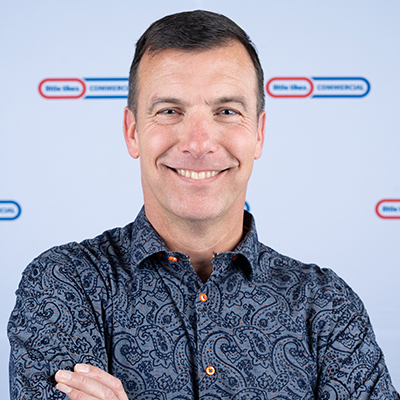Accessible Playground and Inclusive Playground:
While the Americans With Disabilities Act (ADA) has been the law of the land since 1990, facilities managers of parks, churches, neighborhoods, and other properties are still figuring out how their playgrounds can best comply. They also realize that, regulations aside, offering a fun, engaging experience for kids of all abilities is just the right thing to do. Accessible Playground and Inclusive Playground are good for the families they serve, good for the community as a whole, and ultimately good for business.
As you explore different resources to learn more about accommodating kids with disabilities on your kids outdoor playground, you’ve probably come across the words “accessible” and “inclusive.” You may have wondered what the difference is between the two terms … or do they mean the same thing?
The answer is the two terms do have different meanings.
Playground equipment is accessible if it is usable by kids of any and all ability levels. Or to phrase it another way, it has no barriers that would prevent kids with disabilities from entering the grounds, accessing different elements, or navigating the landscape. For example, an accessible playground would have no barriers at the entrance or along pathways and would offer ramps leading to elevated areas.
Inclusive and Accessible Playground:
A playground is inclusive if it’s designed to encourage engagement and participation by children with disabilities. It goes beyond simply ensuring access and embodies a commitment to offering a fun day of play for all little ones, regardless of their physical condition. For example, an inclusive playground would offer a mix of activities that ensure kids who can’t slide or climb still have fun activities available to them. It also encourages social engagement among all visitors instead of isolating “special” elements in one area.
So if you’re looking at building a new accessible playground or replacing an old one, whether you opt for “accessible” or “inclusive” depends on the needs of your community, the space available, and of course, your budget. If your primary concern is complying with the ADA, taking steps to make your play space accessible will likely help you steer clear of problems. Inclusivity involves going one step further and requires a greater commitment of resources. If an inclusive playground is your goal, you may need to do some convincing to get the necessary funds allocated to your cause.
Of course, every facility’s needs and situation is different, and we’re always happy to help in Accessible Playgrounds. If you need some advice on accessibility and/or inclusivity features for your playground, just give us a call at (713) 939-9888.





